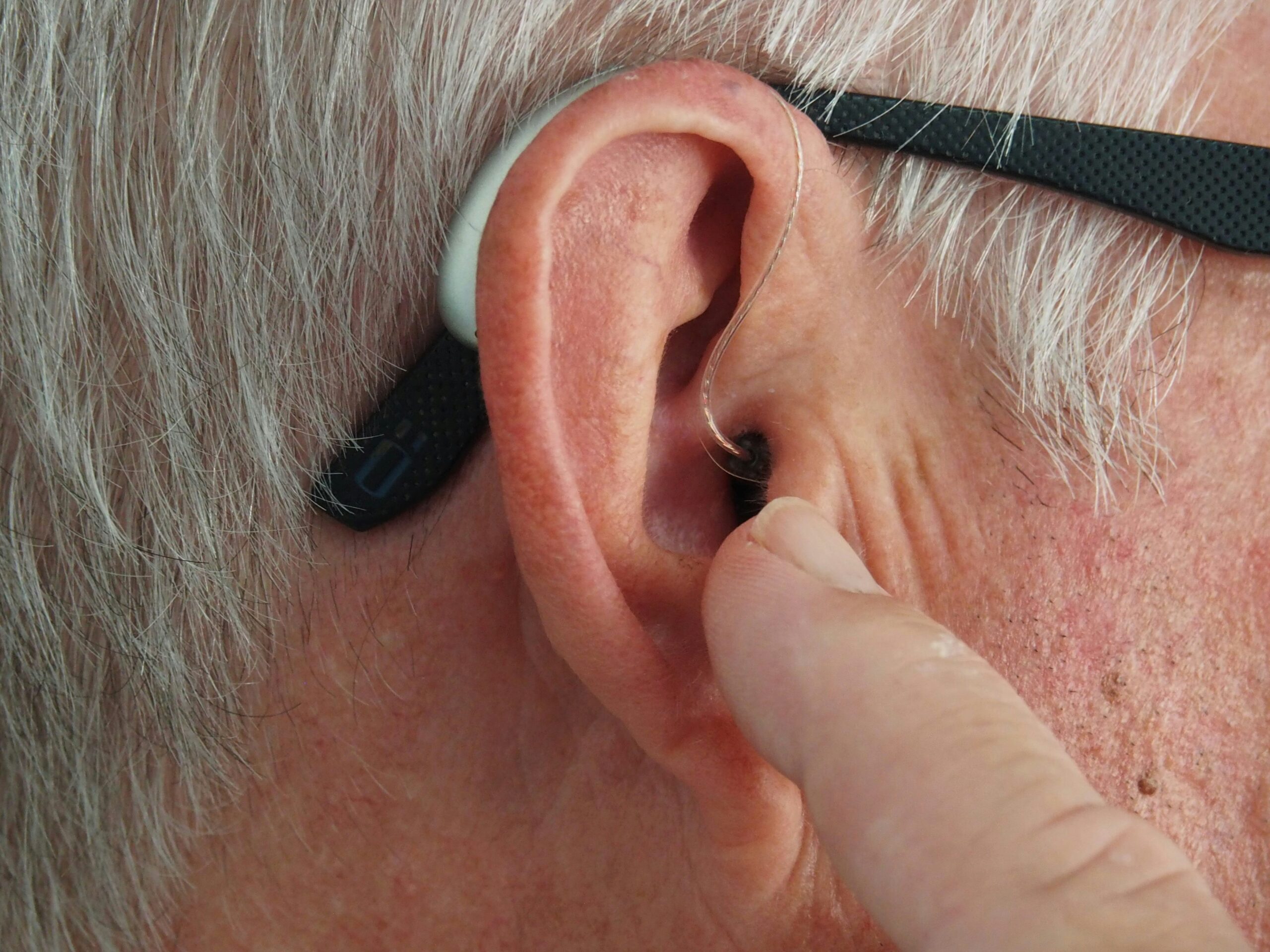Introduction
Hearing loss can have a significant impact on your quality of life, making it difficult to communicate and engage in everyday activities. Fortunately, hearing aids can help improve your hearing and enhance your overall well-being. Navigating the world of hearing aids can be daunting, but with the right information, you can find the best solution for your specific needs. The process of finding the optimal hearing aids may vary depending on your location, insurance coverage, and personal preferences. In this guide, we will walk you through the process of finding the perfect hearing aids to meet your specific needs.

Understanding Your Hearing Needs
Before you begin your search for the best hearing aids, it’s essential to understand your specific hearing needs. Consider the type and severity of your hearing loss, as well as any lifestyle factors that may impact your hearing. Are you frequently in noisy environments? Do you enjoy outdoor activities? By identifying your unique requirements, you can narrow down the options and find hearing aids that are tailored to your needs.
Consulting with an Audiologist
One of the first steps in finding the best hearing aids is to consult with an audiologist. An audiologist is a hearing healthcare professional who can assess your hearing and provide expert guidance on the most suitable hearing aids for you. They will conduct a comprehensive evaluation and recommend appropriate options based on your hearing needs, lifestyle, and budget.
Exploring Different Types of Hearing Aids
There are several types of hearing aids available in the market, each with its unique features and benefits. Some common types include:
- In-the-Ear (ITE) Hearing Aids: These hearing aids are custom-made to fit your ear and are suitable for mild to severe hearing loss.
- Behind-the-Ear (BTE) Hearing Aids: These hearing aids rest behind the ear and are connected to a custom earpiece that fits inside the ear canal.
- Receiver-in-Canal (RIC) Hearing Aids: Similar to BTE hearing aids, RIC hearing aids have a small receiver that sits in the ear canal, providing a more natural sound experience.
- In-the-Canal (ITC) Hearing Aids: These hearing aids are custom-made and fit partially in the ear canal, offering a discreet and comfortable option.
Each type of hearing aid has its advantages and disadvantages, and your audiologist can help you determine which style is best suited for your needs.
Consider Advanced Features
When choosing the best hearing aids, it’s important to consider the advanced features they offer. Some features to look out for include:
- Noise Reduction: Hearing aids with noise reduction technology can help improve speech understanding in noisy environments.
- Bluetooth Connectivity: Bluetooth-enabled hearing aids allow you to connect wirelessly to your smartphone or other devices, enhancing your listening experience.
- Rechargeable Batteries: Instead of constantly replacing batteries, consider hearing aids with rechargeable batteries for convenience.
- Directional Microphones: Hearing aids equipped with directional microphones can help you focus on sounds coming from a specific direction.
Discuss these features with your audiologist to determine which ones are most important for your lifestyle and hearing needs.
Considering Your Budget
Hearing aids can vary significantly in price, so it’s essential to consider your budget when making a decision. While cost is an important factor, it’s also crucial to prioritize the quality and performance of the hearing aids. Explore your insurance coverage and see if it includes hearing aid benefits. Many manufacturers also offer financing options. Your audiologist can help you find a balance between your budget and the features you need.
Researching Hearing Aid Brands
Before making a final decision, take the time to research different hearing aid brands. Look for reputable brands that have a track record of producing high-quality hearing aids. Read customer reviews and seek recommendations from your audiologist or trusted friends and family members who have experience with hearing aids.
Trial Period and Aftercare
When purchasing hearing aids, inquire about the trial period and aftercare services provided by the manufacturer or hearing healthcare professional. A trial period allows you to test the hearing aids in various environments and ensures they meet your expectations. Additionally, inquire about the warranty, repair services, and ongoing support offered for your hearing aids.
Conclusion
With the right information and guidance, finding the best hearing aids in the USA in 2024 is within reach. Start by understanding your hearing needs, consulting with an audiologist, and exploring different types of hearing aids. Consider the advanced features, budget, and reputation of hearing aid brands. Finally, take advantage of trial periods and aftercare services to ensure your satisfaction with your chosen hearing aids. Remember, finding the perfect hearing aids can significantly improve your quality of life and enable you to reconnect with the world of sound.